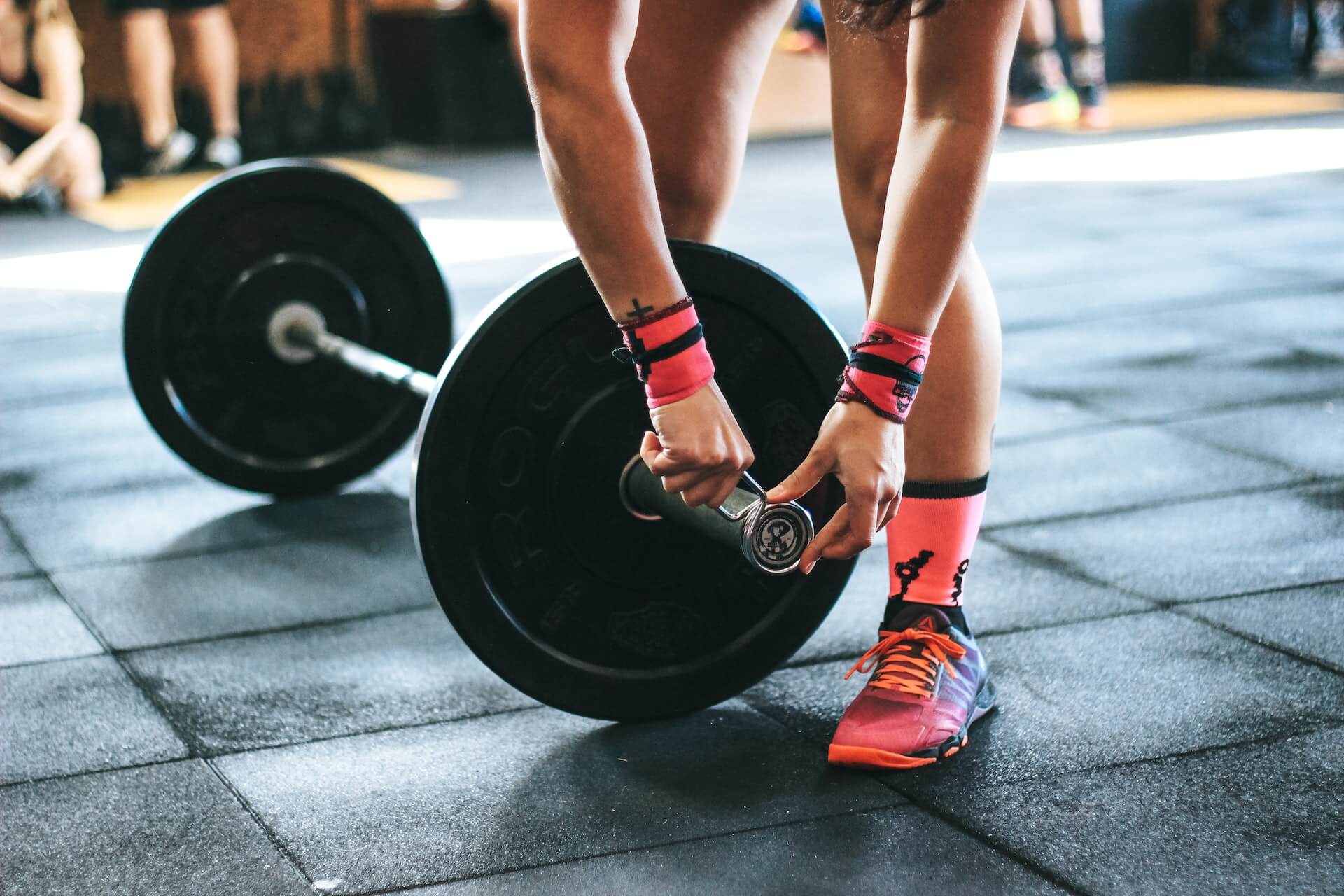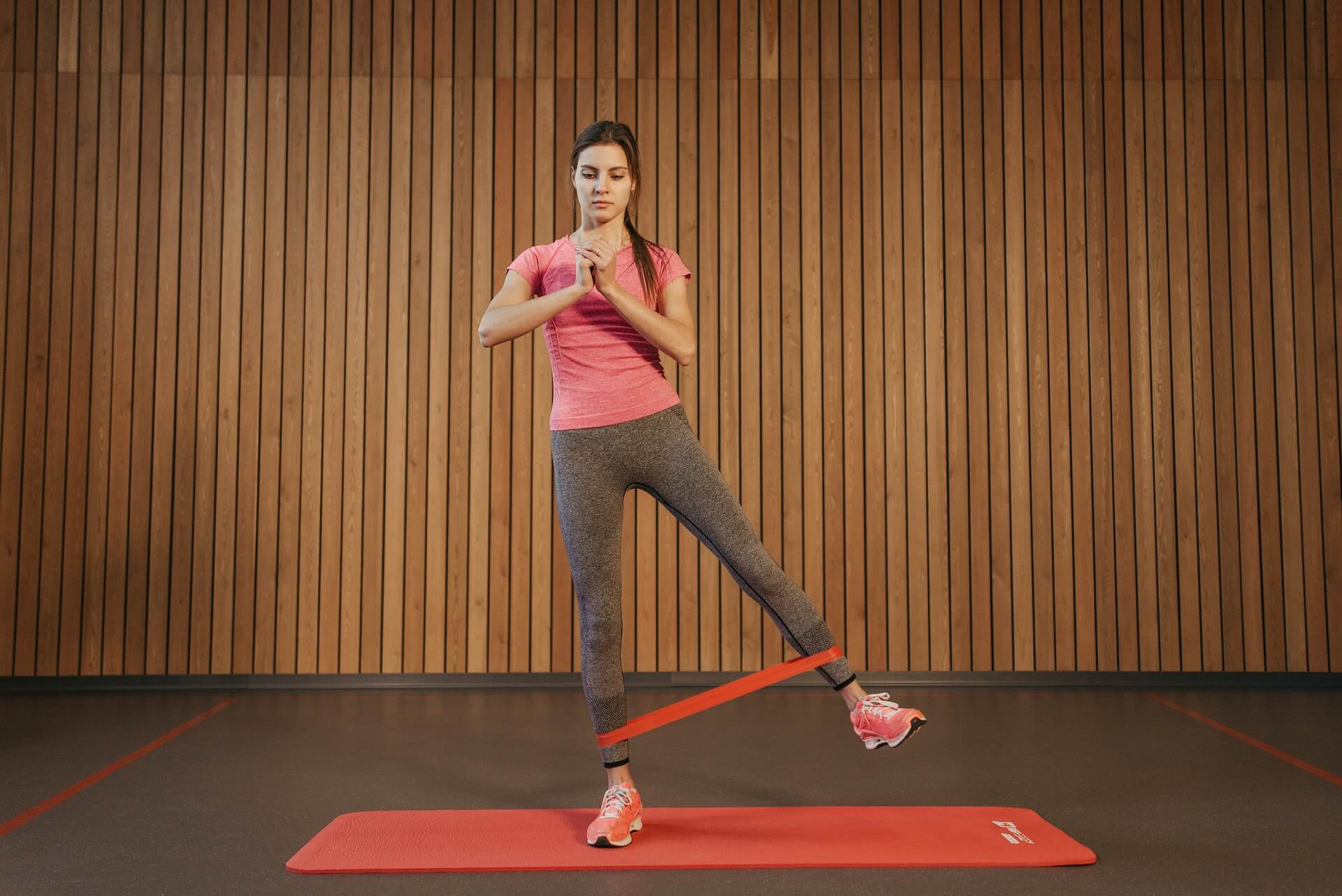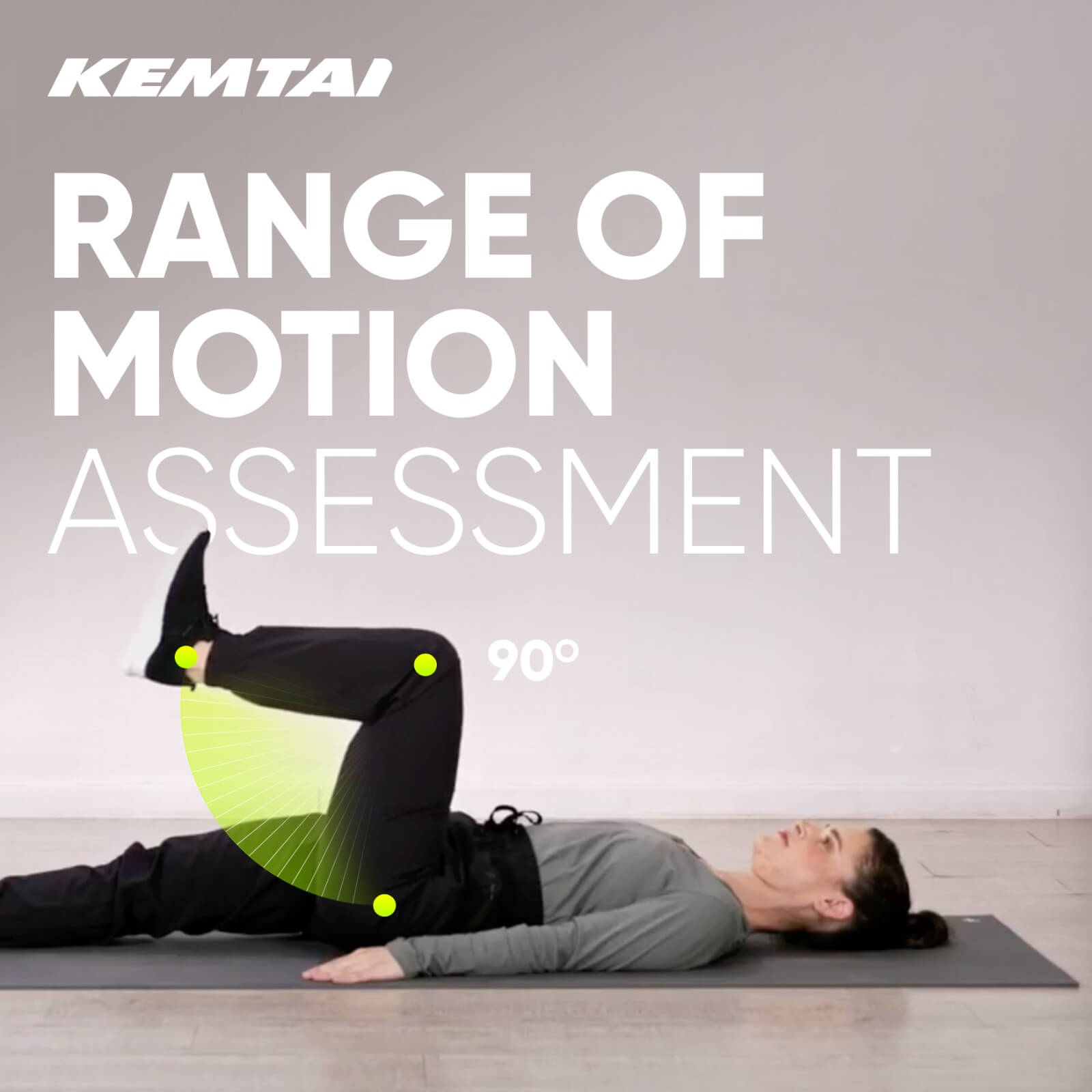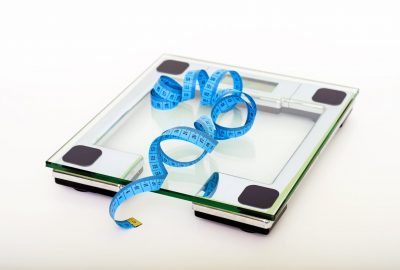When it comes to improving mobility and reducing pain, exercise is a well-established therapeutic intervention. However, there’s one approach to enhancing range of motion that can offer significant benefits and it’s sometimes overlooked: resistance training.
Unlike passive therapies such as stretching or massage, resistance training provides an active approach that strengthens the muscles and tendons surrounding your joints. This can help to stabilize them and prevent injury. It is especially important as we age, since our joints become more susceptible to wear and tear.
Resistance training can also be used to address particular movement patterns and muscle imbalances. It’s a versatile addition to any training regimen.
In this article, we’ll explore the benefits of resistance training on our range of motion, and look at how resistance training is used in physiotherapy. We’ll also explain how Kemtai could be a useful tool for therapists prescribing resistance training protocols to help patients improve their range of motion.
What is resistance training?
As the name suggests, resistance training is a form of exercise that involves working against resistance, such as weights or resistance bands.
The goal is to place a load on the muscles, which creates micro-tears in the muscle fibers. As the body repairs these tears, the muscle becomes stronger and more resistant to future stress. This adaptation is what makes resistance training an effective tool for building muscle mass and improving overall physical fitness.
It also makes resistance training effective in improving joint range of motion. By gradually increasing the load on the muscles surrounding a joint, resistance training can improve its flexibility and stability, leading to greater mobility and a reduced risk of pain and injury.
Resistance training can also be tailored to address specific muscle imbalances, which often contribute to a limited range of motion. By identifying and targeting these imbalances, physical therapists can help their patients achieve more symmetrical movement patterns and a greater overall range of motion.
By building resistance training into a patient’s rehabilitation program, physical therapists can help them achieve greater mobility and functional gains, and improve their overall health.
The benefits of resistance training
Resistance training benefits physical therapy patients in a number of ways:
- It’s an effective method for building muscle strength, which is critical for restoring functional mobility and reducing the risk of falls and other injuries.
- By strengthening the back muscles, shoulders, and core, resistance training leads to better overall posture.
- By placing stress on the bones, it can also increase bone density, reducing the risk of osteoporosis and fractures.
- It can effectively improve joint range of motion, which is critical for reducing the risk of pain and injury.
- Regular resistance training has been linked to a reduced risk of chronic diseases such as heart disease, type 2 diabetes, and some forms of cancer.
- It can help patients build lean muscle mass, which can boost their metabolism and muscle-to-fat ratio.
- It can be used to improve balance and coordination by targeting specific muscle groups and improving overall strength and stability
- Resistance training has also been shown to reduce the symptoms of anxiety and depression.
As well as these benefits of resistance training, regular resistance training can increase overall stamina, making it easier to perform day-to-day activities such as climbing stairs or carrying groceries. Studies have also shown that it can improve the quality and duration of sleep and boost self-esteem.
Resistance training in physical therapy
As we’ve just seen, one of the main resistance training benefits is that it can improve joint range of motion (ROM).
Improving ROM is one of the primary goals in physical therapy. It can help patients who lack proper range of motion and are at risk of injury, as well as those who are recovering from injury or surgery and have lost their full ROM.
Resistance training can be a valuable tool in achieving these goals. By using weights or other resistance methods, physical therapists can help their patients improve muscle strength and flexibility. This can lead to greater ROM and improved overall mobility. In particular, resistance training can help to address muscle imbalances, which often contribute to limited ROM.
Physical therapists can tailor resistance training exercises to the specific needs and abilities of each patient, gradually increasing the load and intensity over time as the patient’s ROM and overall strength improve. With careful guidance and attention to proper form and technique, resistance training can be a safe and effective way to improve ROM and achieve better physical health and well-being.
What is Range of Motion?
Range of motion (ROM) is a term that refers to the movement of a joint through its full range. This concept is crucial to maintaining functional mobility, as good ROM allows our bodies to move comfortably and efficiently, reducing the risk of injury and enhancing our overall quality of life.
The body’s joints are supported by a complex system of bones, ligaments, muscles, and tendons, which work together to enable movement within a specific range. A limited ROM in one or more joints can result in muscle imbalances and poor body alignment, which in turn can lead to pain, injury, and reduced mobility.
Moreover, a limited range of motion can have adverse effects on mental health, including contributing to feelings of depression. Fortunately, exercises can be effective in addressing these issues, helping to improve strength, flexibility, and overall mobility.
Multiple studies have concluded that range of motion exercises can offer many benefits, including reducing pain and discomfort, improving circulation, and lessening stiffness. Additionally, they can also help to reduce the risk of re-injury and boost our mood.
By incorporating range of motion exercises into treatment plans, physical therapists can help their patients achieve better mobility and an overall improved quality of life.
To learn more about ROM, read: What Is Range Of Motion and Why It Matters.
How Range of Motion can improve with proper resistance training
Physical therapists often employ a variety of techniques, such as passive and active stretching, mobilization, and exercise, to help their patients achieve better ROM. Resistance training is another technique that’s been shown to be particularly effective.
An NCBI study analyzed the impact of resistance training on ROM in 47 men over a six-month period. The participants were randomly divided into three groups that performed either one, three, or five sets of exercises in a resistance training session, or a control group. All groups were assessed for the ‘Sit-and-Reach’ test and the range of motion of 10 joints before and after the training protocol.
The study found that all the training groups showed significant improvements in the ‘Sit-and-Reach’ test, with the highest improvements observed in those who engaged in all five sets. Additionally, there were significant improvements in shoulder flexion, shoulder extension, elbow flexion, and knee flexion.
Range of motion assessments with Kemtai technology
Kemtai’s cutting-edge technology may transform the way physical therapists assess and improve their patients’ ROM. Our platform uses standard webcams on computers, phones, or tablets to analyze human motion and provide real-time training feedback and may help patients exercise safely and effectively.
It could allow therapists to deliver a personalized home-fitness program through a browser or app, making physical therapy more accessible and convenient. Patients won’t need any extra equipment or accessories to complete their exercise protocols.
What’s more, Kemtai’s Motion Tracking technology can be combined with other fitness offerings, and could help physical therapists to deliver increased value to their patients.
Overall, Kemtai could makie it easier and more accessible for patients to achieve their health and wellness goals. You can find more about Kemtai here.
Conclusion: How Resistance Training Can Improve Range of Motion
Resistance training is a practical and versatile approach to improving range of motion and boosting mobility. It’s an active way of strengthening muscles, which is essential for joint stability and reducing the risk of injury. It can be tailored to address specific movement patterns and muscle imbalances, which often contribute to a limited range of motion.
Resistance training benefits us in a number of other ways too, from reducing our risk of disease to boosting our self-esteem, and improving our mental health.
For physical therapists looking to prescribe at-home resistance training, Kemtai could be revolutionary. It uses motion-tracking technology to monitor a patient’s movements via the camera on their smartphone, laptop, or tablet, and could ensure they perform exercises correctly. This might help improve ROM faster, and ensure positive patient outcomes. Try Kemtai today.
[WPSM_AC id=1917]





